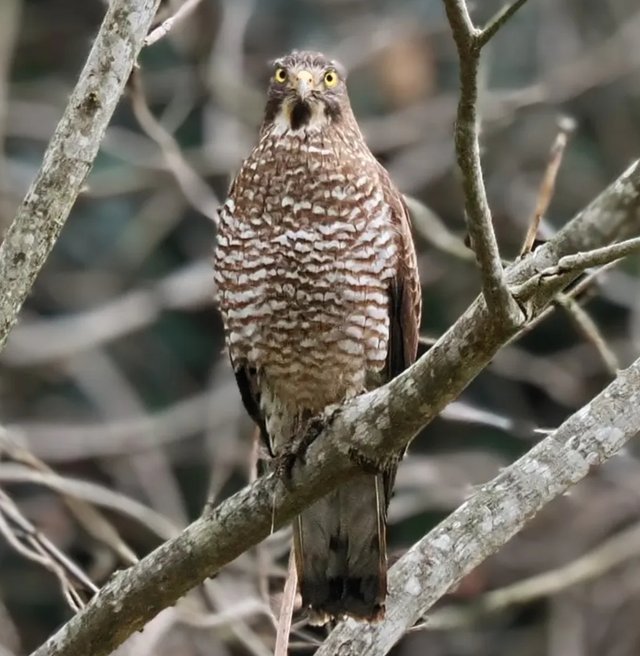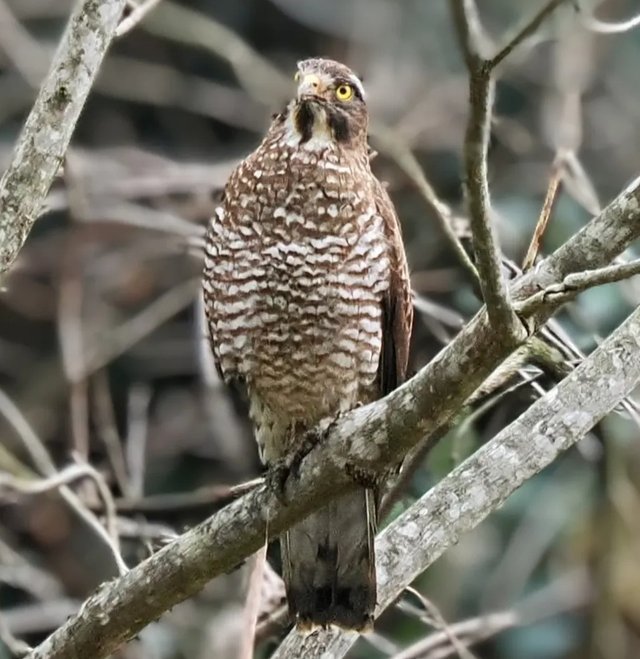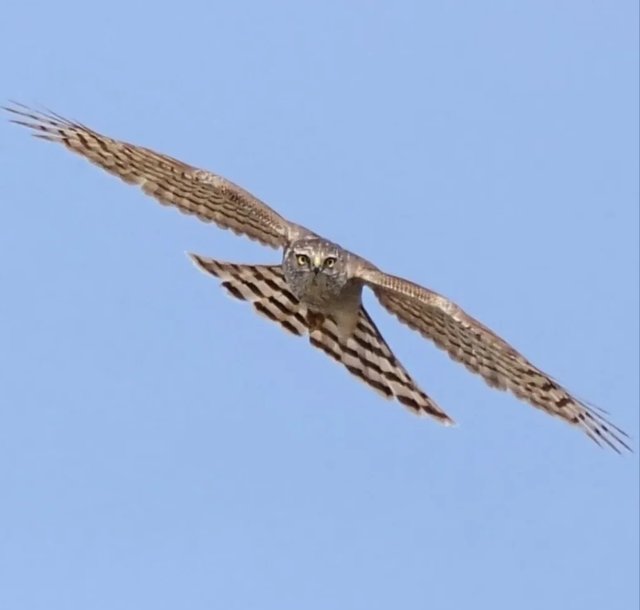Grey-Faced Buzzard So Cute Bird
The Grey-Faced Buzzard: A Majestic Raptor of Asia
The Grey-faced Buzzard is a fascinating bird of prey that commands the skies over East Asia. This medium-sized raptor belongs to the Accipitridae family, which includes hawks, eagles, and other buzzards. It is a migratory species known for its striking appearance, powerful hunting skills, and significant role in maintaining ecological balance.
Physical Description
The Grey-faced Buzzard has a distinctive appearance, which makes it easily recognizable. It measures about 41–49 cm in length, with a wingspan of approximately 100–120 cm. As its name suggests, this bird has a greyish face, complemented by a brownish upper body and a pale, streaked underbelly. The wings are long and broad, allowing it to soar effortlessly, while its tail is marked with dark bands, adding to its striking look.
One of the key features that distinguish this bird from other raptors is its bright yellow legs and feet. Its eyes are sharp and adapted for detecting prey from great distances. The beak is short and curved, ideal for tearing into small animals.
Habitat and Distribution
The Grey-faced Buzzard is primarily found in East and Southeast Asia, particularly in countries like Japan, China, Taiwan, Korea, and parts of Russia. It prefers open woodlands, forest edges, and farmlands, where it can find ample food sources. These birds are also commonly seen near wetlands and grasslands.
Since they are migratory birds, Grey-faced Buzzards breed in northeastern Asia, including Japan and Korea, before undertaking a long journey south to their wintering grounds in the Philippines, Indonesia, and Taiwan. During migration, they travel in flocks and are often seen soaring in large numbers over coastal areas.
Diet and Hunting Behavior
Like other birds of prey, the Grey-faced Buzzard is a carnivore and relies on keen eyesight to locate prey. Its diet consists mainly of small mammals, reptiles, amphibians, and large insects. It has a particular preference for frogs, lizards, and grasshoppers, which it catches with precision.




%20(9).jpeg)